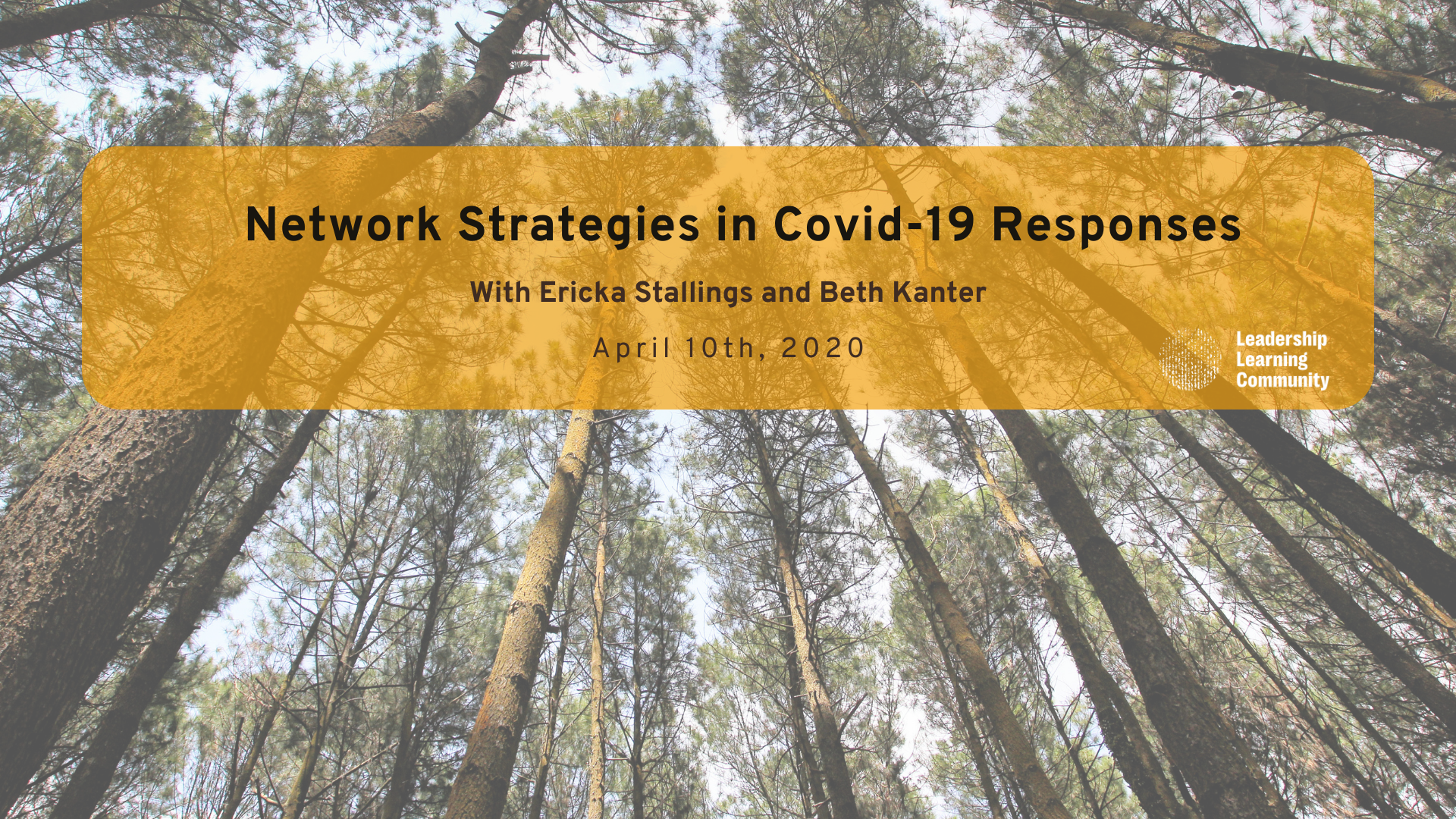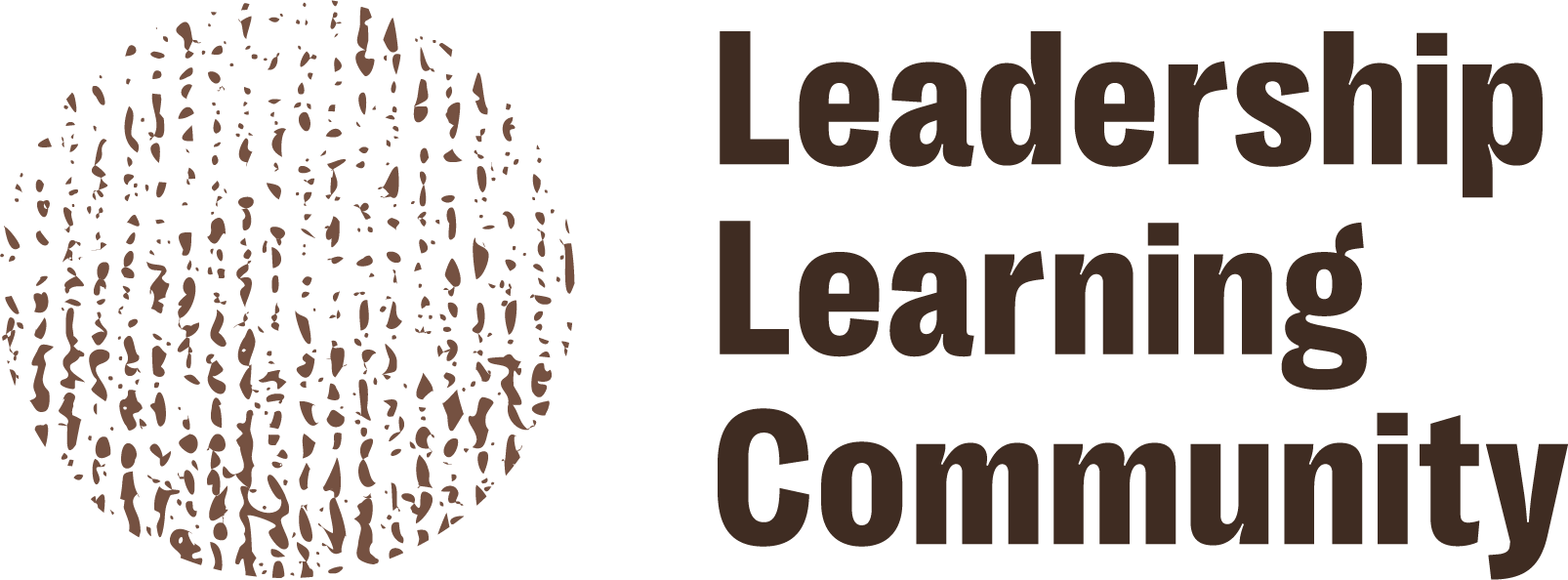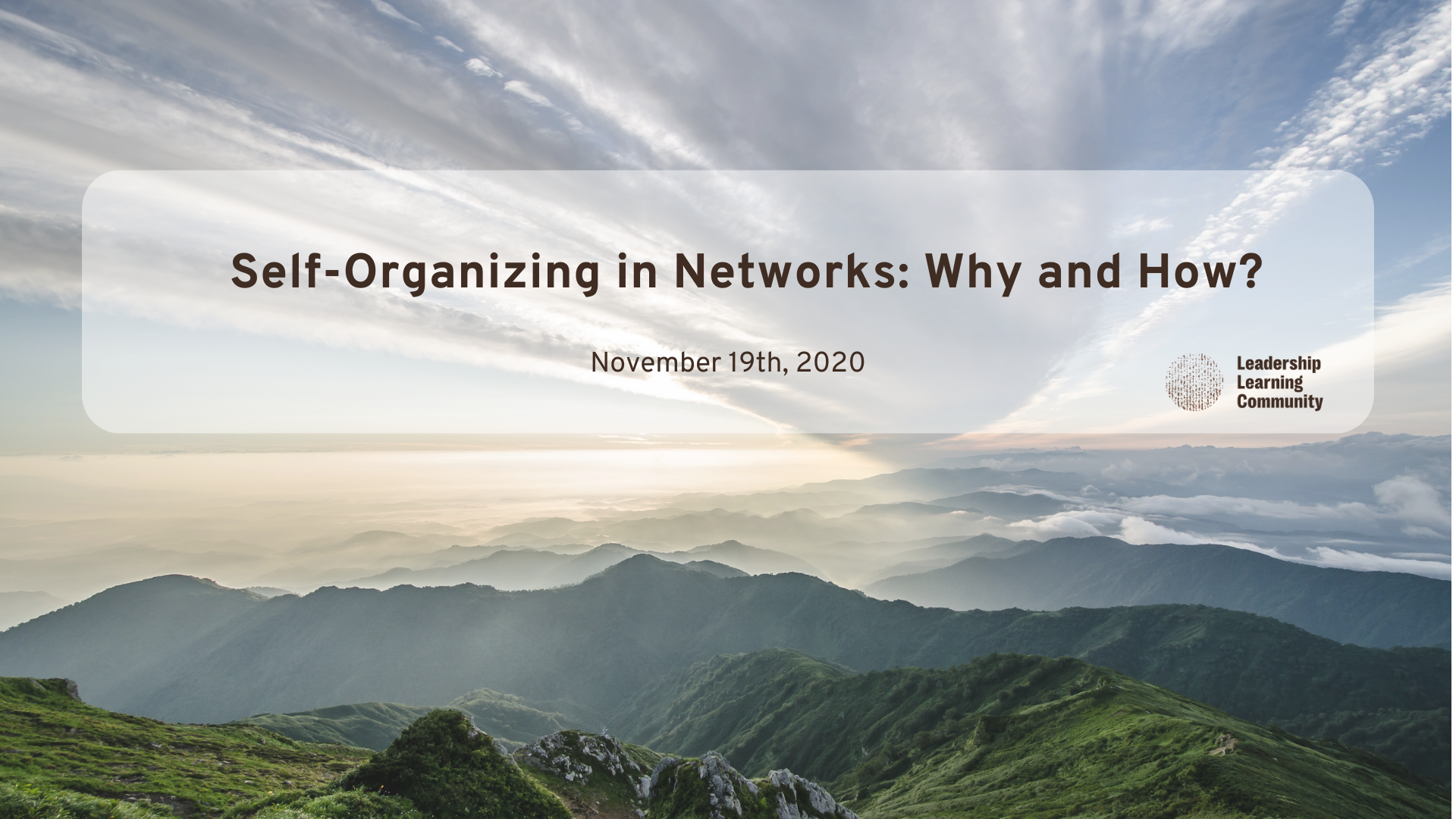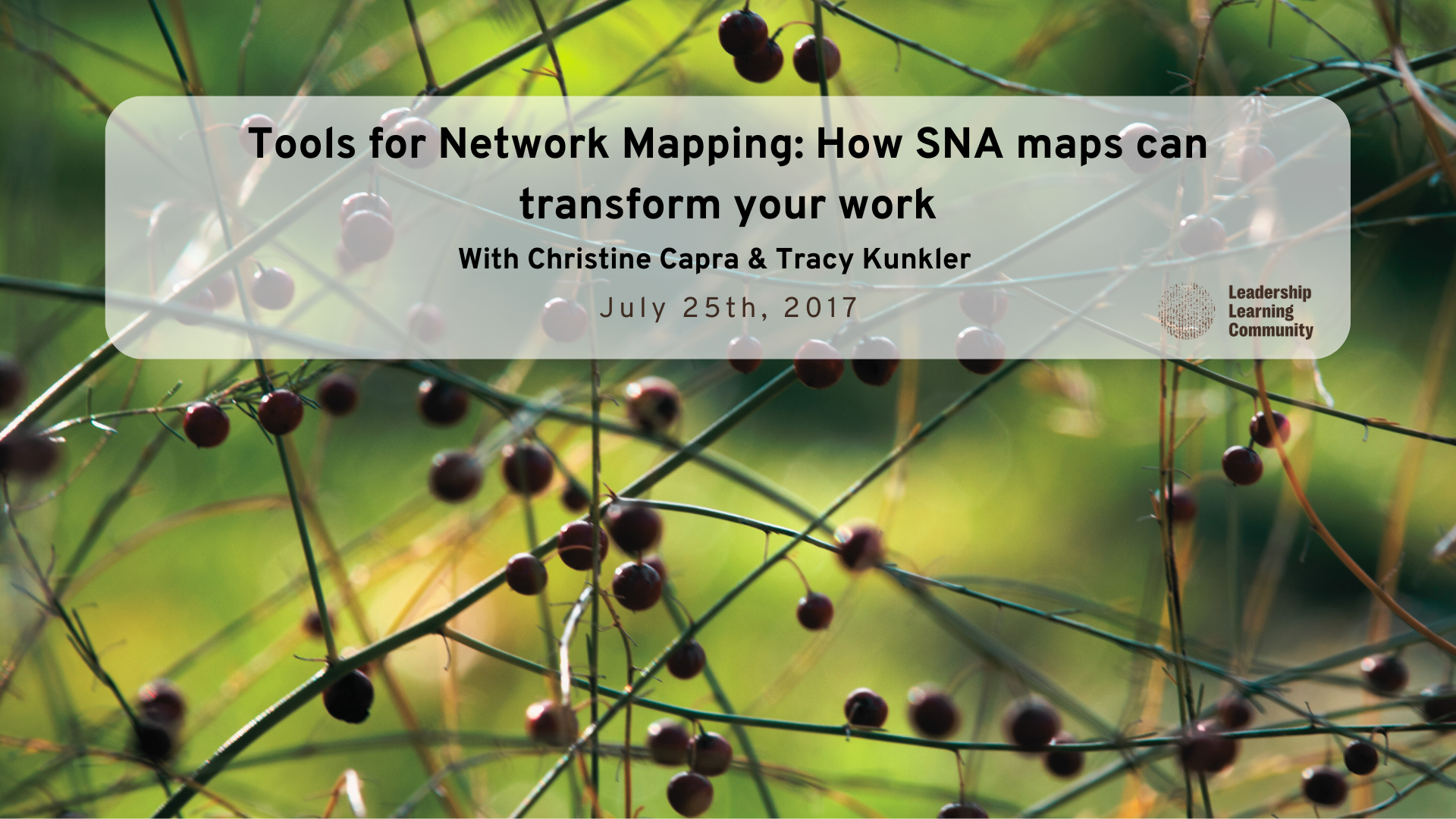Self-Organizing in Networks: Why and How?
Liberatory Leadership Webinar
Self-Organizing for Networks
Session Recap
Networks thrive on the initiative of members who see a need and invite others to take action with them. This is leadership in networks; in the best-case scenario, it’s widely distributed. And yet, supporting self–organizing is not easy. In this webinar, we will share common obstacles to self–organizing and, better yet, two things we have tried that seem to be working. Come hear about using Network Activation Funds and Facilitator Pools to help activate your network.
![]() by Deborah Meehan and Ericka Stallings
by Deborah Meehan and Ericka Stallings
Network Strategies in COVID-19 Responses

Liberatory Leadership Webinar
Network Strategies in COVID-19 Responses
Speakers
Ericka Stallings, Co-Directors, Leadership Learning Community, and Beth Kanter, Trainer, Facilitator, Author
Session Recap
The COVID-19 pandemic presents the leadership field with the challenge of responding to the crisis in our communities while learning to operate in fundamentally different ways. It also offers us the opportunity to reimagine how leadership in a Post-COVID 19 world could look. Stepping up to these challenges and opportunities will require us to be more nimble, innovative, responsive, and collaborative, attributes a network model facilitates.
Join Co-Hosts Ericka Stallings and Beth Kanter in an interactive webinar to explore how people utilize network strategies in their work as they respond to the COVID-19 Pandemic. In this webinar, you will learn about the unique way networks function and how a networked approach can support leadership development work as you adapt to the many ways the COVID-19 Pandemic has altered and continues to alter how we live and work.
- To check-in and connect with other LLC network members
- To share practical ways, tips, and resources to respond with a network strategy
- To begin to shift our mindsets to longer-term positive outcomes
![]() by Ericka Stallings and Beth Kanter
by Ericka Stallings and Beth Kanter
Network Structures: Innovative Governance and Decision-Making
Liberatory Leadership Webinar
Network Structures: Innovative Governance and Decision-Making
Many networks organize governance and operations with structures that mirror those of organizations: governing boards, committees, and operations staff. Unfortunately, these structures have often been a bad fit with networks, leading to decreased involvement and engagement by network participants who aren’t on the governing board and shrinking network size and impact.
More and more networks are experimenting with and co-creating innovative network governance and structures that are self-organizing, encouraging, and supporting the formation of collaborative circles for many or all of the operations and coordination functions of the network.
June Holley will share examples and offer several checklists and strategy worksheets to help your network determine if these new structures might be appropriate for them.
Session 1
Session 2
Resources
- June recommends reading Reinventing Organizations: An Illustrated Invitation to Join the Conversation on Next-Stage Organizations.
- Learn more about June and her work
- Read June’s blog
- Subscribe to ScoopIt
- Join Network Weaving Facebook Group
- June shares the following sites:
by June Holley
Tools for Network Mapping: How SNA maps can transform your work.
Liberatory Leadership Webinar
Tools for Network Mapping: How SNA maps can transform your work
Session Recap
Social Network Analyses are often used to measure the progress of networks. Through the maps, you’re able to track how relationships propel the work and which relationships can be fostered further to catalyze energy and create the foundation for more experiments and harvest learning. Networked inherently means that not all individuals or organization know each other, but maps clarify where the gaps are and how to achieve deeper connectivity. However, this tool can feel allusive and expensive. Join this webinar to learn more about how you can implement this tool in your work and begin to create your own maps.
Christine and Tracy will introduce a new approach to network mapping, which builds on the benefits of classic SNA and has recently become available through the new mapping tools Kumu and sumApp. They will discuss how these new tools enable an approach wasn’t really possible using the old tools – which is more collaborative, engaging, emergent, more designed to follow the energy, enable greater transparency, and able to track network development over time. They will talk about the process of developing these new kinds of network maps, how the tools make the difference and how they fit together, and share some benefits of this new approach.
![]() by LLC Staff
by LLC Staff



